The United States has a long history of closely-contested presidential elections, with some races being decided by just a handful of votes across a small number of swing states. While the Electoral College is the method used to elect Presidents, the popular vote is an important indicator of the national mood. Many of the closest presidential elections were decided by margins as small as tens of thousands of votes overall. These close contests have often been hotly contested, with allegations of fraud, voter suppression, and other irregularities adding to the drama and uncertainty of the results.
#5: 1968

One of the closest presidential elections in US history was the three-party 1968 race between Republican Richard Nixon, Democrat Hubert Humphrey, and American Independent Party candidate George Wallace. Nixon ultimately won the popular vote by a margin of just 0.7%.
The election was marked by a number of issues, including the Vietnam War, civil rights, and law and order. Wallace, a staunch segregationist, hoped to receive enough electoral votes to send the election to Congress. However, Nixon was able to appeal to voters by promising to restore order and stability to a country that was wracked by violence and unrest.
#4: 1884
Another close race was the 1884 election between Democrat Grover Cleveland and Republican James G. Blaine. Cleveland won the popular vote by a margin of 0.57%, with 48.85% of the vote compared to Blaine’s 48.28%. The election was one of the nastiest in American history, marred by allegations of corruption, personal impropriety, and bigotry. The campaign also focused on serious issues like civil service reform, tariffs, and corruption.
A last-minute blunder by the Blaine campaign inadvertently alienated Catholic voters. It is often seen as the decisive factor in his defeat in New York, then a pivotal swing state. Ultimately, Cleveland was able to appeal to voters by positioning himself as a reformer who would clean up the government and promote greater accountability.
#3: 2000
The 2000 presidential election between Republican George W. Bush and Democrat Al Gore was also a closely contested race, with Gore ultimately winning the popular vote by a margin of just 0.52% but losing the Electoral College.
In the wake of the popular Clinton administration, the 2000 election was marked by strong focus on domestic issues – specifically the economy and healthcare. However, the election is now most notable for the controversy surrounding the vote count in Florida, which ultimately led to a Supreme Court decision that awarded the state’s electoral votes to Bush.
#2: 1960
The 1960 election between Democrat John F. Kennedy and Republican Richard Nixon was remarkably close, with Kennedy winning the popular vote by a margin of just 0.17%… according to most estimates, at least.
Alabama’s unusual electoral allocation has led to varying estimates of the state’s popular vote; at least one of these estimates would actually result in Nixon having a larger amount of votes nationally than Kennedy. In some ways, this could actually be seen not just as one of the closest presidential elections, but the closest.
The election was marked by a number of issues, including the Cold War, civil rights, and the economy. Kennedy bled support in several southern states, but gained new voters from Catholics. Moreover, his decision to only campaign in competitive states proved to be smarter than Nixon’s 50-state strategy. This election is perhaps most notable for being the first to feature televised debates between the candidates. Kennedu’s performance in them helped to shape public opinion and gave him a crucial edge.
#1: 1880

Finally, the closest presidential election in US history by popular vote was the 1880 race between Republican James A. Garfield and Democrat Winfield S. Hancock. Garfield won the popular vote by a margin of just 0.11%, with 48.32% of the vote compared to Hancock’s 48.21%. A third-party candidate, James Weaver of the Greenback Party, secured 3.35% of the vote.
This election was marked by high turnout and a sharp divide between northern and southern states. Garfield carried every northern state except New Jersey, while Hancock carried every southern and border state. Garfield was able to appeal to voters by promising to root out corruption in the government and implement civil service reform. However, Garfield’s presidency would be short-lived due to his assassination just four months into his term.





